The new indie title ‘What Remains of Edith Finch‘ releases on Steam and PlayStation this coming Tuesday, April 25th, and leading up to its release MonsterVine had the opportunity to speak with creative director Ian Dallas of Giant Sparrow, the studio behind the experience-focused game.
Join Kyle Haste of MonsterVine’s IndieComplete podcast for the in-depth discussion about What Remains of Edith Finch, a game where players find their way through a series of short stories with Edith Finch, a women who has returned to the abandon Finch family estate that she has inherited, a huge sea-side home packed with the remnants and memories of generations deceased Finch family members.
The interview was recorded and prepared for listening, however an edited transcription of select questions from the interview can be read below. For the complete 32 minute interview, click play on the SoundCloud embed below, or listen via the IndieComplete podcast series with the following links:
iTunes – Google Play – SoundCloud – Direct Download – RSS Feed
The Interview
Kyle Haste
As mentioned, in What Remains of Edith Finch, players find their way through a series of short stories with Edith Finch, a women who has returned to the abandon Finch family estate that she has inherited, a huge sea-side home packed with the remnants and memories of generations deceased Finch family members. All of the Finch family has died over the years except for Edith, and the bedrooms of the deceased have been sealed off with each death. And so, with each generation more and more rooms were built onto the estate, resulting in an increasingly surreal structure that is explored throughout the game. With that in mind, can you tell us more about the experience this game presents and how it works?
Ian Dallas
So, you play as Edith, and you’re exploring the Finch house. But in each of these bedrooms you’ll find a story about how that family member died, which then becomes its own playable game. So each of the stories has very different game mechanics, and different art styles and time period, and point of view. You’re kind of learning about your family history by exploring both the house and the stories.
Kyle Haste
I have played the stories of Molly Finch and Calvin Finch, and from what I’ve played I’ve noticed that every moment I have a strong feeling of wonder. How do you capture a player’s wonder, and what are the pitfalls to watch for when doing so? As a developer I imagine the wonder for you is gone as you know every nook and cranny of the game.
Ian Dallas
It is a never-ending challenge, and I don’t think that there’s much that’s prescriptive about what it is that evokes a sense of wonder. There are a few guiding principles or things that work fairly regularly. In terms of wonder, and equivalent is like ‘jump scares’. If someone turns around and a monster jumps out at you, it’s a fairly basic thing. For wonder, I think the equivalent of that would be a big change in context, so if you’re in a small enclosed space and then suddenly going to a very large and open space, it has a tendency to evoke an appreciation for the scale of things. Wonder is something that also correlates to the natural world often. People experience wonder more often in natural settings, and I’m not sure why, all these things are like guesses on my part. But for our last game, and for this game as well, they’re really explorations of the unknown and trying to put players in to spaces that they’ve never been before and seeing the world through new eyes; which inherently has the potential to create moments of wonder and awe, and just the experience of something shockingly new.
Kyle Haste
For the gameplay and interactivity, it varies from shorty story to short story throughout the game, keeping things fresh and unpredictable. Can you tell me a bit about the outlook on these elements?
Ian Dallas
Sure, so, each of these stories ends with a death, so they have this kind of natural shape to them. And we wanted each story to feel like they were giving you a different perspective on the world. So we wanted them to evoke who the family member the story is about but also what their world is like. So in one of the stories you play as a young girl having a dream, so its like “what does a young girl’s dream feel like?” Or in another story you’re kind of an angry teenaged boy flying a kite, and there’s music and aesthetics that would suggest this boy getting angrier and angrier. We tried as much as we could to embed in what the players actually doing, in terms of, when you press the buttons or joy sticks, how does the world respond to you? And luckily because these stories are relatively short we could make them very particular. Each one of the them is almost like their own game. We tried to make what you’re doing and the mechanics of that world expressive of each character’s world.
Kyle Haste
This one is more of a statement than a question, but I’m curious if you have any thoughts along this line — In a lot of games player’s concentration is mostly on their inputs and calculation in gameplay, and divided away from the story. In ‘What Remains of Edith Finch’, input is very subtle, doesn’t divide your attention, and instead your mind is working away a lot more at absorbing the story and wonder, kind of like a book brought to life that players control and navigate. As a result my feelings moment to moment are very different that in traditional games. – Do you get that too?
Ian Dallas
Yeah, yeah, and it sounds like it echoes something we haven’t really talked about, which is in video games the tendency for players to drop in to familiar modes. And I think for me the dominant experience I have with most games is a call to challenge, where I’m given the tools and I’m asked to perform, and find an optimal strategy or to comfort-and-overcome. And so you stop focusing on the context or even the moment-to-moment joy of the movement or whatever the mechanic is, and instead you kind of focus on this middle ground, for most games, that is about trying to do-this-thing so you can unlock-this-other-thing and it’s mostly related to challenging the player.
So we tried to avoid those kinds of situations by keeping players in a state of constant-discovery, so that it felt like you were just getting comfortable and exploring what it made possible. For example, in Molly’s story you become a cat and you’re jumping around these trees and chasing a bird, but it’s more about feeling that out and it’s less about like “okay now you’ve got to get three birds before this clock reaches a certain time” and focusing on that deep exploration. So we kept things mechanically-superficial partly just to keep players more in that feeling of discovery, and then also to keep them thinking about the broader context of who am I? and what do I want? and what are the narrative elements here? but try to avoid slipping into the more familiar, “I’m playing a game, let me play this game well.”
For more, you can listen to the full interview with SoundCloud or the links above. Check out a ‘What Remains of Edith Finch’ trailer below. For more visit GiantSparrow.com.

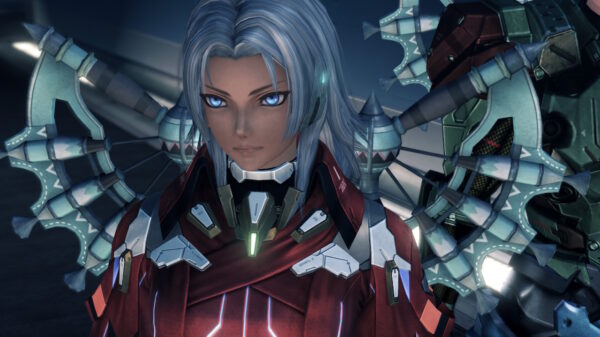
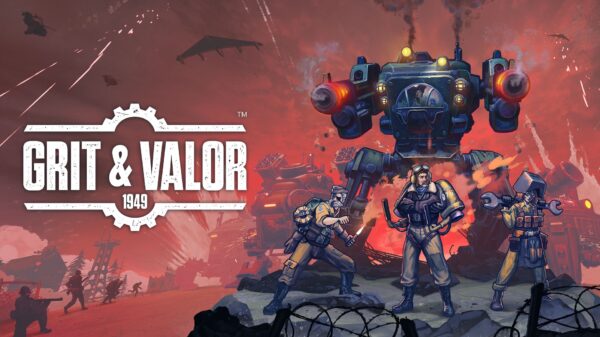


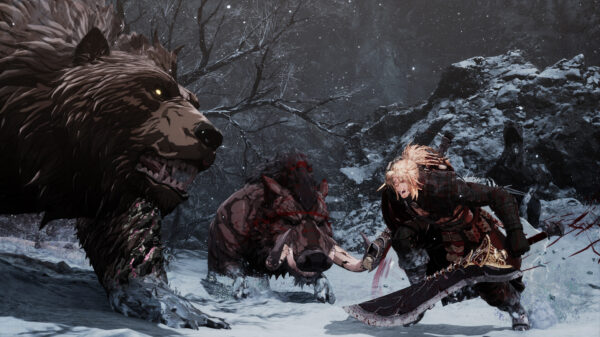















































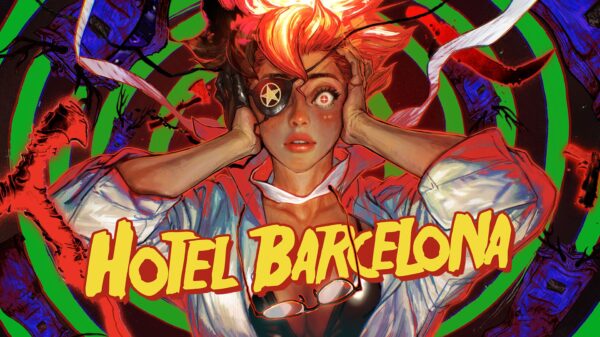



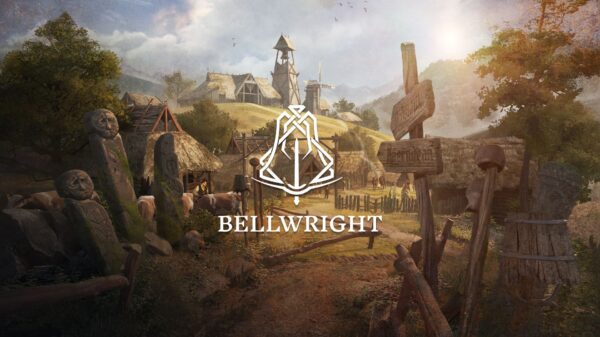
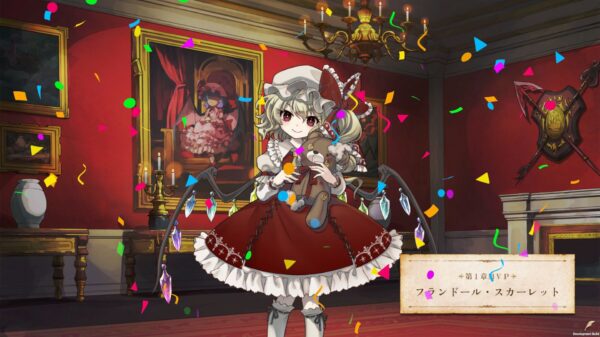
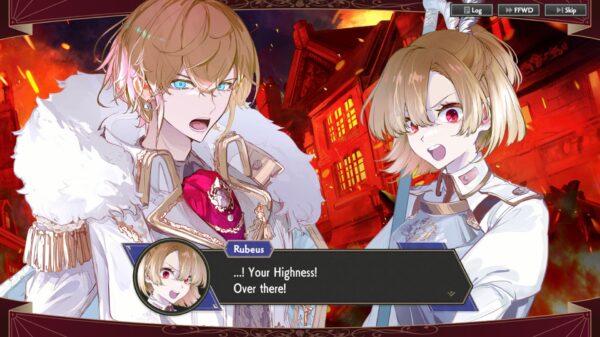
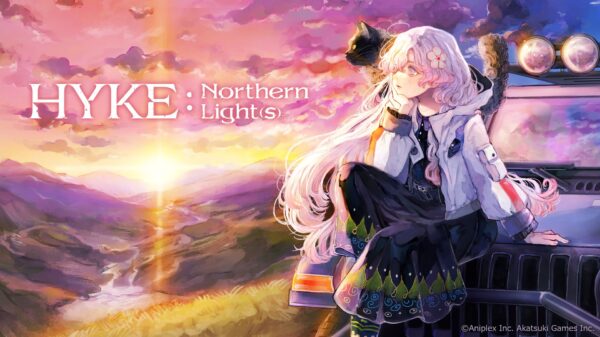



































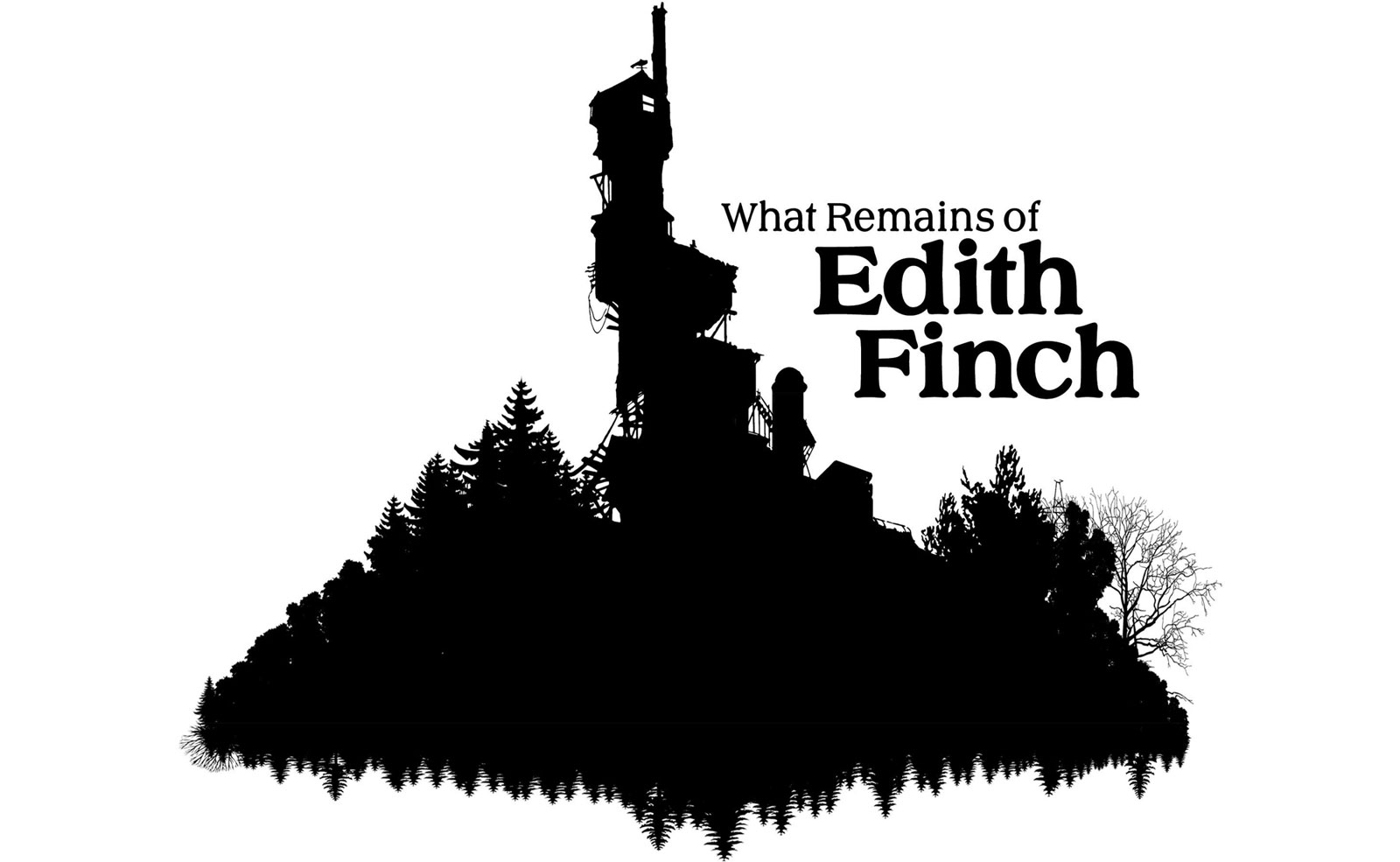






alice fontaine
April 26, 2017 at 12:55 am
haha sick interview!
Kyle Haste
April 26, 2017 at 7:27 pm
Thank you! :]